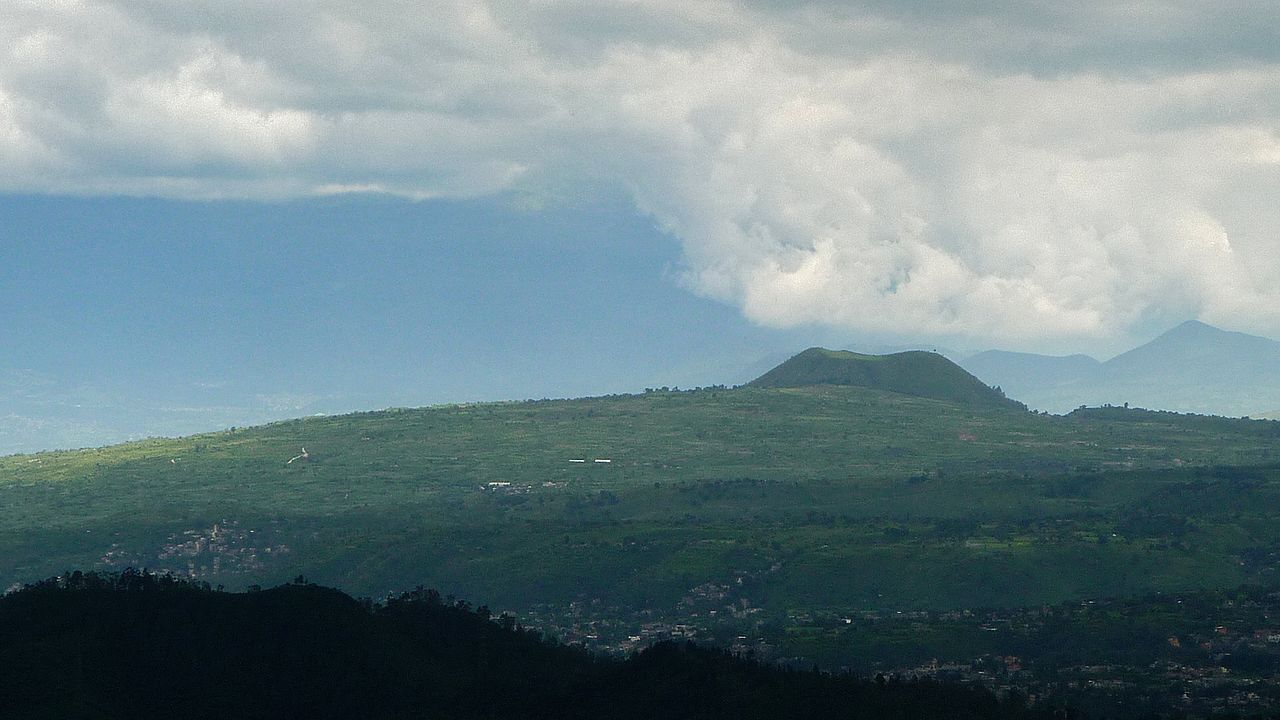
The Teuhtli Volcano constitutes the center of an area to the southeast of Mexico City. It’s a major psychological and mythological presence in its entire domain. The Nahuatl name, sometimes written in the honorific Teuctzin, can be translated as meaning “venerable lord.” A shield-type volcano, it’s diameter is much greater than its height. But at 2,710 meters high, it’s visible from much of the area.
Dividing the Xochimilco valley from that of Milpa Alta, the slopes are covered with small towns. Many of these are idyllic and ruddy at least in the sense that they’re not visited by a lot of international visitors. To the north are the fascinating towns still practicing chinampa farming. To the south is Villa Milpa Alta and the farming towns of the larger Milpa Alta Valley.
The volcano plays a part in numerous ancient legends. Teuhtli is usually personified as a warrior fighting beside Popocatepetl or against him, for the love of Iztaccihuatl. Both of these volcanos, on a clear day, are visible to the south and southeast.
The people of Milpa Alta continued honoring Tloque Nahuaque, until well into the 18th century. Tloque Nahuaque is sometimes described as the Nahua “One God above All Gods.” The volcano also acted as a communal border, as a sulphur mine, and as a ceremonial center. Today a mass is still said on May 3rd of each year. That’s the Catholic Feast of the Holy Cross, and celebrants come especially from the Santa Cruz neighborhood of Villa Milpa Alta. This is the most traditional, and thus likely the easiest, path to climbing the volcano.

Nearest at 2.83 kms.

Nearest at 2.84 kms.
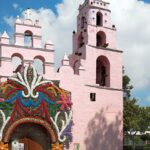
Nearest at 2.90 kms.

The remarkable legacy of mysterious 500-year-old olive trees...
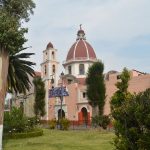
The parish church of Tulyehualco, Xochimilco...
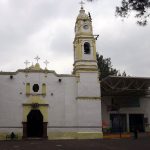
The parish church of San Gregorio Atlapulco, in Xochimilco...
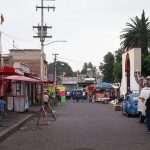
One of Xochimilco's most famous and charming farm towns...
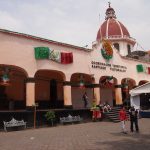
One of the most important of the Chinampa Towns in Mexico City's east...